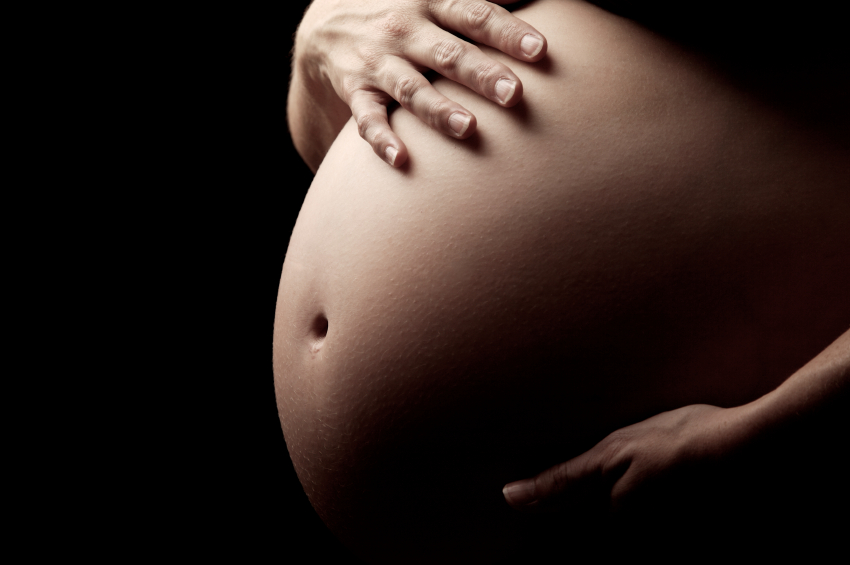Late-Term Abortion: Many-Layered Social Injustice
The issue of late-term abortion is among the most agonizing and controversial areas within the larger, contentious debate on the morality and legality of abortion. To begin with, by the 20th week or fifth month of pregnancy, the fetus is clearly recognizable as a neonate and she is routinely described on professional medical websites in terms that stress her individuality and humanity; in addition, the methods used to terminate fetal life after five months are particularly grim and are often cited by abortion practitioners themselves in ways that indicate their ethical or aesthetic revulsion.

In recent years state legislatures, the U.S. Congress, and even one local jurisdiction – the city of Albuquerque – have had occasion to debate the legality of late-term abortions. This debate has brought with it public discussion, as well as advertising campaigns, on the rationales for late-term abortions. In the public’s mind, many seem to have swallowed the proposal that abortions performed at or after five months of pregnancy, when the developing child is capable of feeling pain, are done predominantly for the most compelling of medical reasons – i.e., the life of the mother is endangered if the pregnancy proceeds to term or the unborn child suffers from a severe and/or untreatable medical condition or anomaly.
For example, on the day the Pain-Capable Unborn Child Protection Act was introduced in the U.S. Senate, the organization NARAL Pro-Choice America unveiled an ad featuring a woman who had a post-five-month abortion based on a “severe fetal anomaly.” The mother says, “It never occurred to me that the reason people are primarily in late-term is because of a horrific fetal anomaly that cannot be detected earlier.”
As the article we release today by Elizabeth Ann M. Johnson, M.D., elaborates, the grounds for the majority – perhaps a large majority – of late-term abortions in the United States do not rise anywhere near the level of tragic circumstances this advertising suggests. Even in these cases, given the elevated risk of late-term abortion for the mother, the remediability of many conditions involving fetal disability, and the availability of perinatal hospice in cases of lethal anomalies, abortion amounts to a medically dangerous and unnecessary act upon the mother.
In this respect the candor of the authors of the University of California-San Francisco study is impressive, even if it is limited – and sharply so – by the non-specificity of their statistics. They simply acknowledge that they excluded from their review any cases in which the pregnancy threatened the life of the mother or involved fetal anomaly. Moreover, they make clear that the 441 women who participated in interviews for the study – which included 272 women who had abortions at or five months of pregnancy and 169 who had first-trimester procedures – represented only 44 percent of the women eligible to participate. The medical and social histories of nearly 561 eligible women are not reflected in the study’s analysis and commentary.
These limitations are severe and create the possibility that the majority of the women potentially affected by late-term abortion are not affected by the same factors the authors cite as marking them out from their peers: a higher level of unemployment, difficulty in raising the much-larger amount of money required for a late-term abortion than for an earlier procedure, relative youth, and somewhat later discovery of their being pregnant. In short, because of the faults in the study, its value in its own terms is limited and it may be that some other unidentified factor leading to later abortions is being overlooked.
Whether or not the facts warrant it, the study does seek to establish that a number of reasons women have late-term abortions are factors beyond their control (employment status, relationship difficulties, financial condition, and awareness of medical resources). While the authors do not dwell on this conclusion, some popular media sites reporting the study have interpreted the results as demonstrating that abortion safety legislation and funding restrictions have had the perverse effect of creating the conditions where women do not obtain early and less physically, emotionally and financially costly abortions.
There are other ways to interpret these results, however. The conditions under which women seek and obtain late-term abortions are primarily social in nature. Each of them – higher rates of unemployment, relationship instability, lack of financial means – are not remediated by late-term abortion or by abortion generally. In fact, to the degree that late-term abortions are exceedingly expensive and medically harmful to women, these factors may be exacerbated by their decision to proceed with ending their pregnancies. Positive policy progress in addressing these conditions may be sacrificed in favor of promoting abortion as a means of resolving quickly a much greater challenge to social justice.
In 2015, health insurance coverage of the costs of maternity is practically universally available. Government operates some 80 means-tested programs to assist the poor with all areas of need – including food, nutritional supplements for women with children, housing, employment training, cell phone communications, and counseling services. Pregnancy help centers have become a staple of American life, delivering free or extremely low-cost support services designed to foster communication and better relationships among couples facing unexpected pregnancies.
The temptation offered by elective abortion is to turn to a “quick fix” that fixes nothing and may even exacerbate those conditions in a couple’s situation that harm their relationship and limit their life prospects. The Foster-Kimport study, despite its limitations and general apologetics, offers a reminder that it is one thing to say that an abortion is medically “elective” and another not to recognize that women, even late in pregnancy, are under various stresses that make such a stark and indeed brutal decision appear as the best alternative. Advocates for life can and should act justly to protect these infants from destruction, but alongside that disposition must come a renewed determination to provide alternatives that offer hope and promote economic and social healing.
Charles A. Donovan, Sr. is President of the Charlotte Lozier Institute.
























